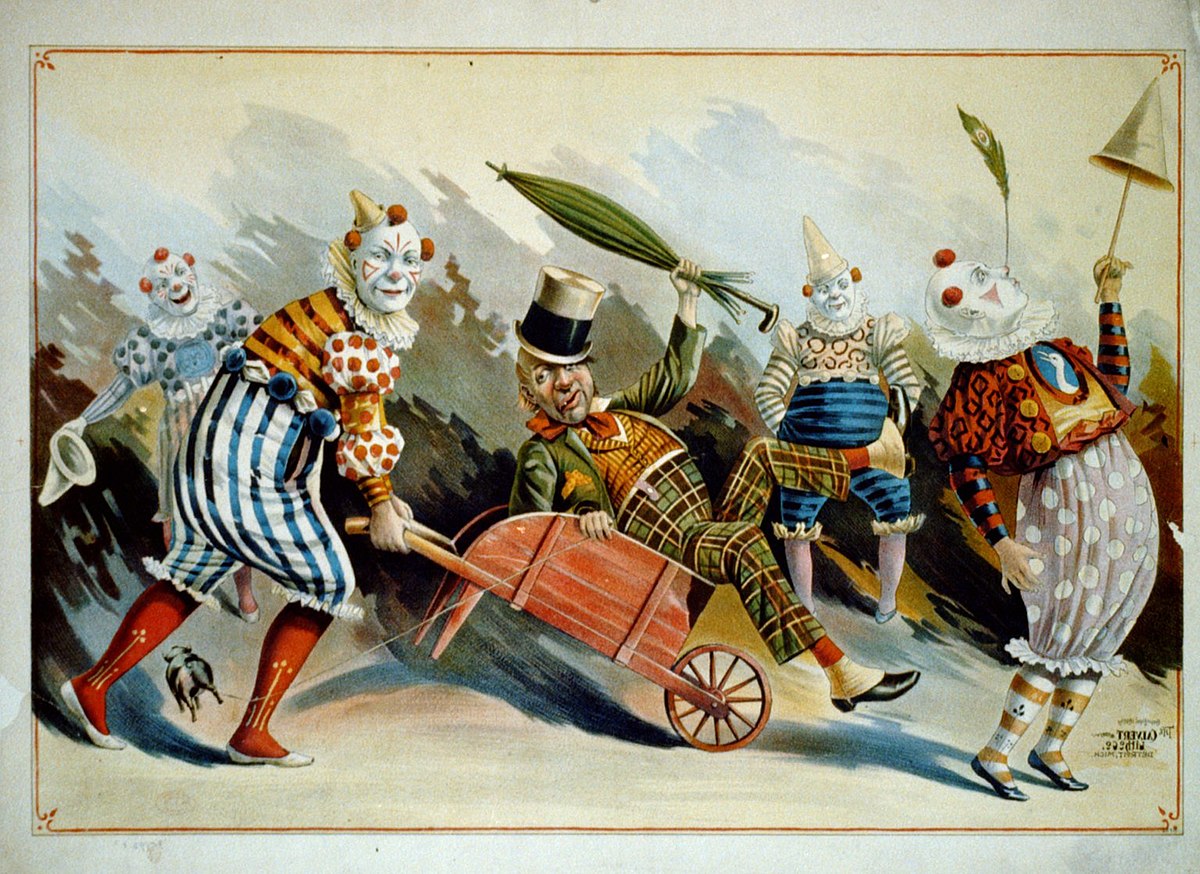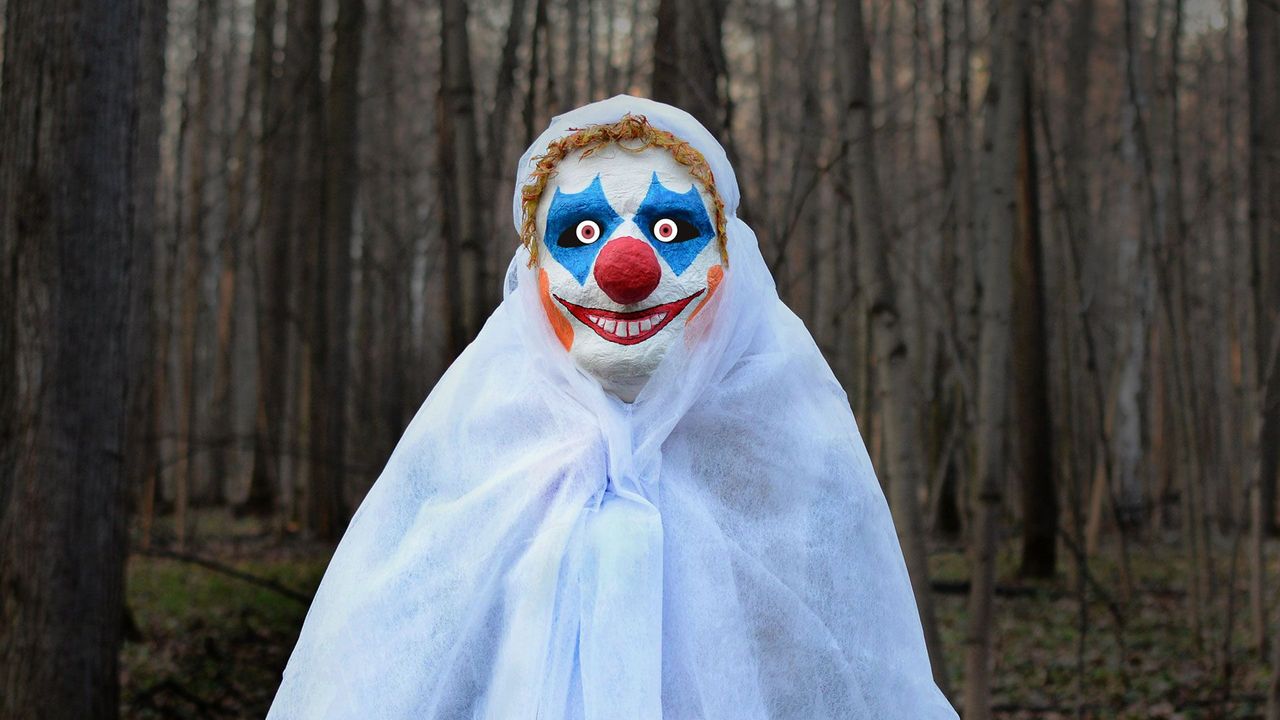What Does All Occasion Performers Do?
The smart Trick of All Occasion Performers That Nobody is Discussing
Table of ContentsGetting The All Occasion Performers To WorkThe Single Strategy To Use For All Occasion PerformersSome Known Incorrect Statements About All Occasion Performers 3 Easy Facts About All Occasion Performers ExplainedAll Occasion Performers - An Overview
He specialized in pigs and burros, which he trained and offered to other clowns. He additionally provided an act with an experienced rhinoceros and is the only person in circus background to offer a tightrope strolling elephant.He was likewise a benefactor who offered generously to many charities and he put up the first monolith to soldiers killed during the Civil War - Party clown. Beginnings of the Auguste characterThere is a widely told tale about the origins of the Auguste clown. According to the legend, an American acrobat named Tom Belling was doing with a circus in Germany in 1869
Belling took off running, ending up in the circus field where he fell over the ringcurb. In his shame and haste to get away, he dropped over the ringcurb once more on his method out. The supervisor regulated that Belling continue appearing as the Auguste.
The smart Trick of All Occasion Performers That Nobody is Talking About
For one point, words Auguste did not exist in the German language up until after the personality came to be preferred. Among the concepts of the actual beginning is that Belling replicated the personality from the R'izhii (Red Haired) clowns he saw when he explored Russia with a circus (https://sniangs-skoot-mcfeop.yolasite.com/). Personalities like the auguste absolutely existed previously

The dance later came to be referred to as tap dancing. It ought to be noted that there are alternating 'origins' for the vagrant character"among which was the traveling "hoe boys," or travelling farm workers, who rode the rails from one town to one more, cleaning the soot far from their eyes & mouth.
Unknown Facts About All Occasion Performers
Note that the fright wig, exaggerated lips and eyes, oversized apparel and props of the American clown, props such a club soda, stuffed clubs, blowing up cigars, and whistles filled with soot, are not Grimaldi's. They come from Tambo and Bones. The English blackface comic Charles Mathews involved America in 1822 to perform and examined black life and customizeds.
In such plays there is a collection of characters including "kings" and "saints", cross-dressing, and blackface duties; the faces of Morris (or "Moorish") dancers were also smudged. The majority of were done by poor men in the hungry time after Christmas.
If rejected, they would certainly plow the wrongdoer's lawn. The Derby Play of the Tup was performed for food and beer by unemployed youths. This use of blackface for political action camouflaged as amusement persisted in America when the offspring of these guys blackened their faces to protest tax obligations. One such objection has actually gotten in American background as the Boston Tea Ceremony.
The Ultimate Guide To All Occasion Performers

While not the lush affairs we think about today, some early, rougher kinds of taking a trip circus were popular in America from Revolutionary times-- George Washington was a fan. Blackface clowns executed in them from at the very least the 1810s and possibly prior to; they were a staple by the 1820s. The large red or white mouth repainted on by contemporary clowns is a remnant of the blackface mask.
The blackface mask was a clown's camouflage, overemphasizing the facial attributes right into an anime, a caricature. The blackface clown might be the precursor of today's anodyne circus clown, but otherwise the two are as opposite as blackface and whiteface.
The Greatest Guide To All Occasion Performers
That in nineteenth-century America was even more of an Other than the Negro? What much better mask than blackface? In lots of customs the clown would reveal some physical defect, like a hunchback, dwarfism-- or like Jim Crow, lameness - Corporate events Dallas. And because he was various, an Others, the clown was allowed to say and do points no one else could.
Satire and parody were central to minstrelsy. It's intriguing that in the West African cultures from which most slaves came, the poet-singer griot offered the exact same ridiculing jester function when the event occurred. That may have something to do with the curious (to us, looking back) convenience with which Southern Blacks approved not just the songs but also the undermining humor of minstrelsy.

Emmett Kelly was the ideal known vagrant clown with his personality "Tired Willie."Tramp clowns are experienced: + jugglers check my blog + magicians + pianists + chalk talk artist + bikers.